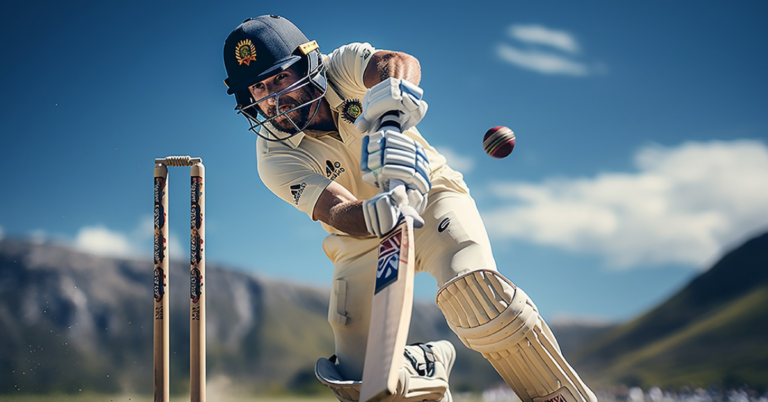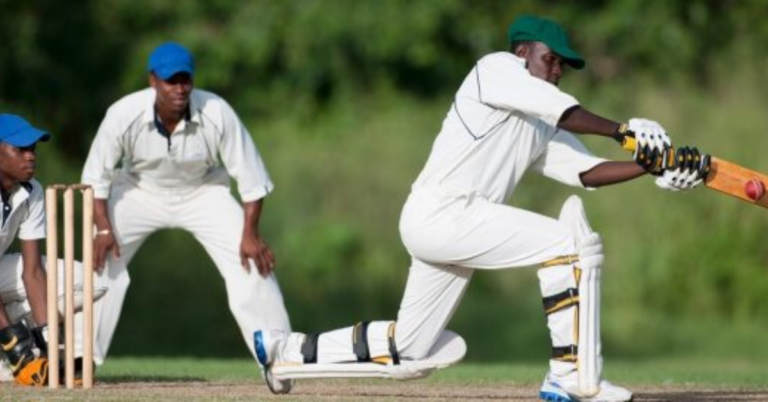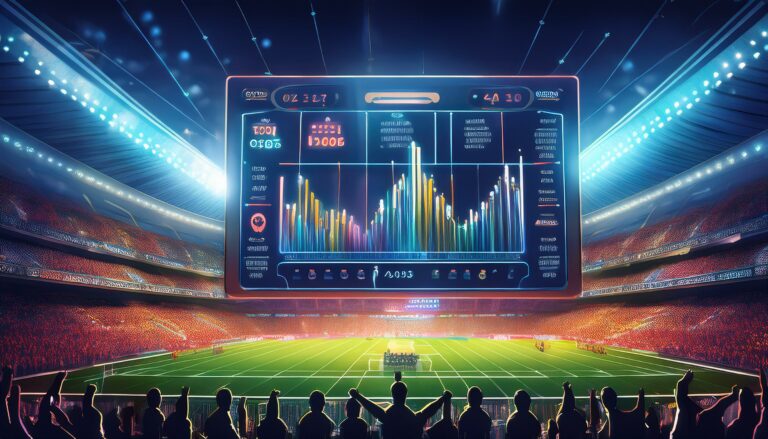Exploring the Use of Motion Capture Photography for Cricket Player Analysis
all panel 777.com login, laserbook247, 99exch: The game of cricket is not just about hitting the ball with the bat or bowling a perfect delivery; it is also about the finesse in the player’s movements, their agility on the field, and their overall performance in the game. Traditionally, cricket player analysis has been done through video recordings and manual tracking of movements. However, with technological advancements, motion capture photography has emerged as a game-changer in the field of cricket player analysis.
Motion capture photography involves the use of sensors and cameras to track and record the movement of a player on the field with utmost precision. This technology captures every detail of the player’s movements, from their footwork to their hand-eye coordination, providing coaches and analysts with valuable insights into the player’s performance.
By using motion capture photography for cricket player analysis, coaches can identify areas of improvement in a player’s technique and performance. For example, they can analyze a batsman’s stance and movements while batting to pinpoint any flaws in their technique that may be affecting their performance. Similarly, bowlers’ actions can be scrutinized to enhance their bowling skills and accuracy.
One of the key benefits of motion capture photography is its ability to provide quantitative data on a player’s movements. Coaches can use this data to track a player’s progress over time, identify patterns in their performance, and make data-driven decisions to improve their skills. This technology also enables coaches to compare a player’s movements with that of top performers in the game, allowing them to set benchmarks and goals for the player to strive towards.
Moreover, motion capture photography can be used to prevent injuries in cricket players. By analyzing a player’s movements and biomechanics, coaches can identify any irregularities that may lead to injury and work on correcting them through targeted training programs. This proactive approach to injury prevention can help prolong a player’s career and keep them in optimal physical condition.
In conclusion, motion capture photography is revolutionizing the way cricket player analysis is done. By providing coaches and analysts with detailed insights into a player’s movements and performance, this technology is shaping the future of cricket training and development. With its ability to track and analyze every aspect of a player’s game, motion capture photography is becoming an indispensable tool for coaches looking to enhance their players’ skills and performance on the field.
FAQs
Q: How does motion capture photography differ from traditional video analysis?
A: Motion capture photography tracks a player’s movements with precision, providing quantitative data on their performance, while traditional video analysis may not offer such detailed insights.
Q: Can motion capture photography be used for analyzing fielding skills in cricket?
A: Yes, motion capture photography can be used to analyze fielding skills, such as a player’s agility, speed, and accuracy in catching and throwing the ball.
Q: Is motion capture photography expensive to implement for cricket player analysis?
A: While the initial setup costs may be high, the long-term benefits of using motion capture photography for player analysis outweigh the investment, making it a valuable tool for coaches and analysts.







